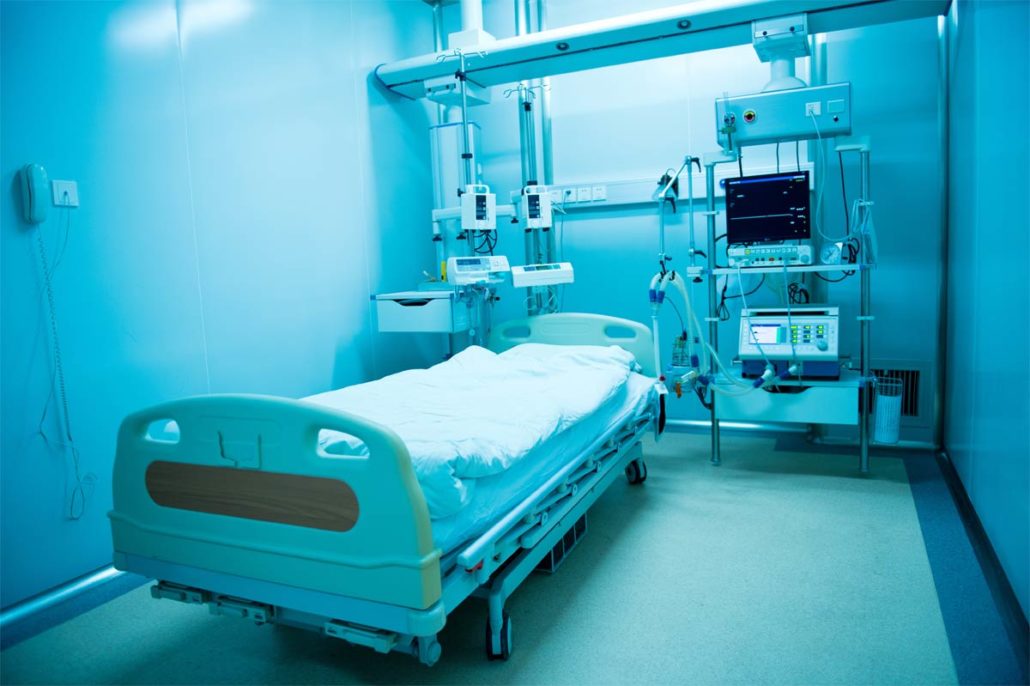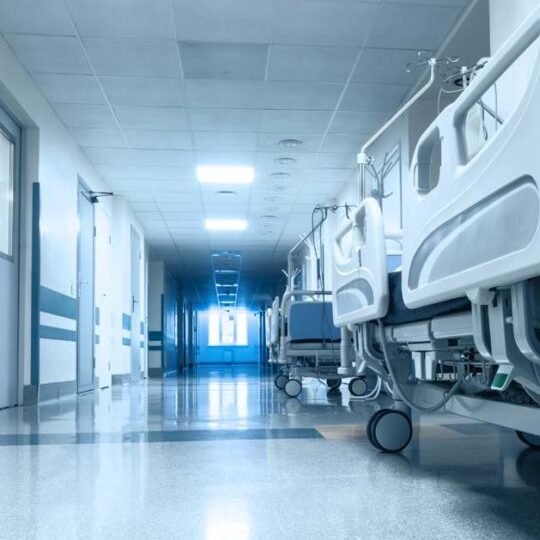No Fee Unless You Win
No Fee Unless You Win

If you have ever survived a huge RIF (reduction in force) at your company you know what comes next. The surviving employees must pick up the slack and do extra work. Your company is now understaffed. Subsequently, jobs cannot get done properly without enough employees to complete the work. Consequently, this can lead to poor employee attitudes. Common overworked employee thoughts are: “This will have to do.” “This was not in my job description.” “I can’t continue to do everything.” As a consequence of understaffing, short cuts must be taken. Consequently work quality suffers. Important jobs will not get completed. Employees hope that a nonreversible mistake was made.
The health care profession is not immune to understaffing. Understaffing occurs at hospitals and nursing homes for many reasons. Owners often intentionally understaff their facilities, short-term and long-term, to boost profits. As well as employees being overworked, patients do not receive appropriate care. In the hospital setting, it could be health care providers missing signs and symptoms of a serious condition. In nursing homes, understaffing could result in abuse or neglect. Understaffing is causes with very serious patient risks. These risks include high urinary catheter use, poor skincare, poor feeding, malnutrition, dehydration, and starvation. Overworked staff tends to rush around, sometimes intentionally skipping certain care needs. Patients’ conditions are more likely to decline.
In an understaffed medical facility, expect the unexpected. Medical errors already plague U.S. hospitals. These medical errors are magnified and compounded when there are not enough employees to ensure proper patient care. For instance, a nurse responsible for the postoperative care of a patient might miss subtle signs of a respiratory compromise. Rushing around and trying to accomplish too many things in a short period of time could lead the nurse to assume that her healthy patient will be okay. The nurse will not be able to focus on the patient’s specific situation. Above all, prematurely discharging the patient under the assumption that things will be fine, without paying attention to the amount of narcotic medication administered, could result in the patient suffering a fatal respiratory failure after getting home.
Sadly, there is no easy way to find out if your hospital or nursing home is an understaffed medical facility. However, certain tell-tale signs could suggest you need to be concerned. For instance:
Is the nurse constantly rushing around and not taking the time to thoroughly answer your questions?
Does the nurse appear stressed or anxious?
Does the nurse appear to be cutting corners or not being thorough in her duties?
Is the patient’s condition deteriorating?
Personal Injury & Accident Lawyers in Arizona
Speak to one of our personal injury attorneys and learn more about the legal options for your accident claim.
If you think if understaffing caused injury to you or a loved one, you should call an experienced medical malpractice lawyers like the ones at Gage Mathers (602) 258-0646.

There are hidden dangers lurking in our healthcare system. The chilling reality is medical malpractice thrives in secrecy. What happens when deadly doctors are allowed to keep practicing, despite war...
Posted by Joseph D'Aguanno
10 Most Dangerous Intersections in Phoenix, AZ The ten most dangerous intersections in Phoenix are mostly in Phoenix proper. Using crash data collected between 2017 and 2022, the Maricopa Associ...
read morePosted by Joseph D'Aguanno
In recent years, the insurance defense industry has fixated on so-called "nuclear verdicts," jury awards in medical malpractice cases that exceed $10 million. These verdicts have been portrayed...
read moreIf you or a loved one has been seriously injured, please fill out the form below for your free consultation or call us at (602) 258-0646
2525 E Arizona Biltmore Cir #A114, Phoenix, AZ 85016
get directions